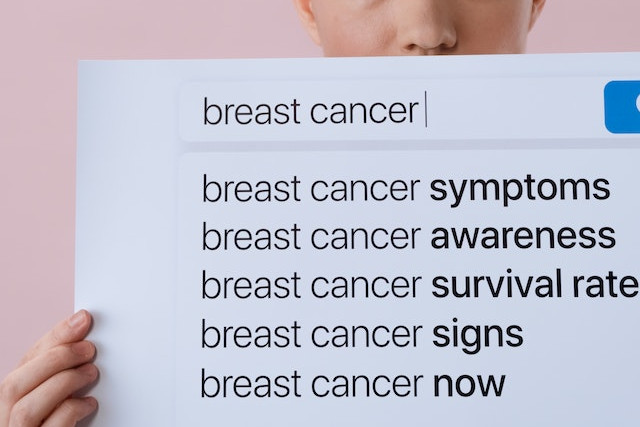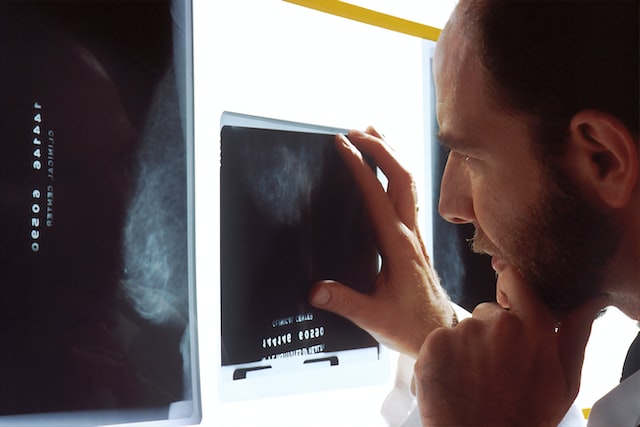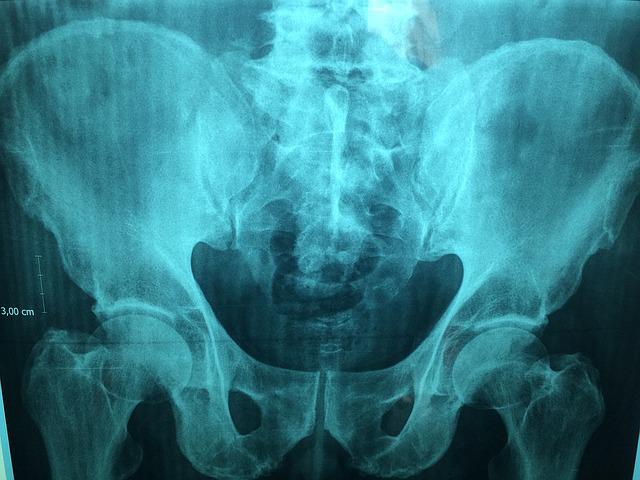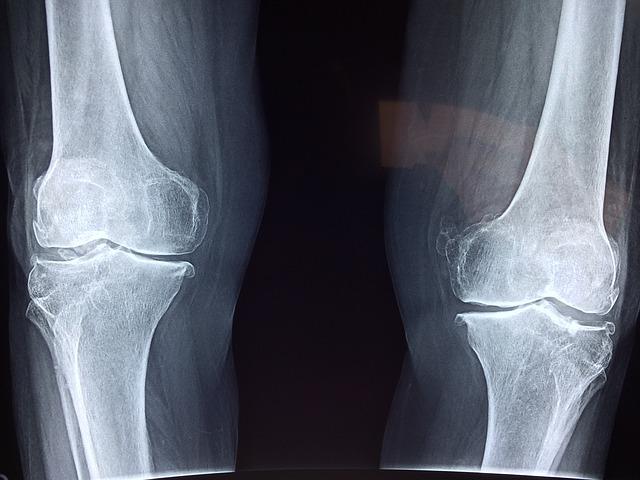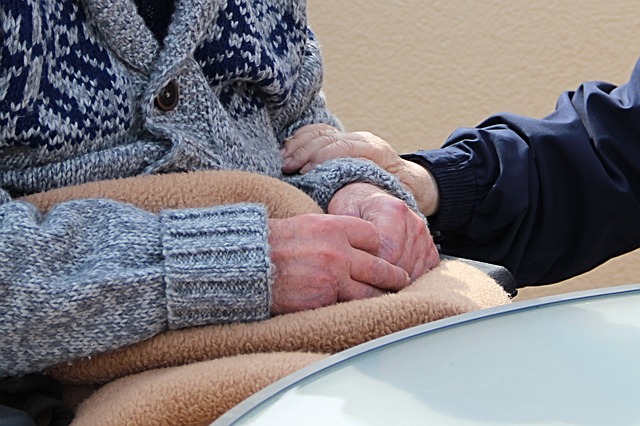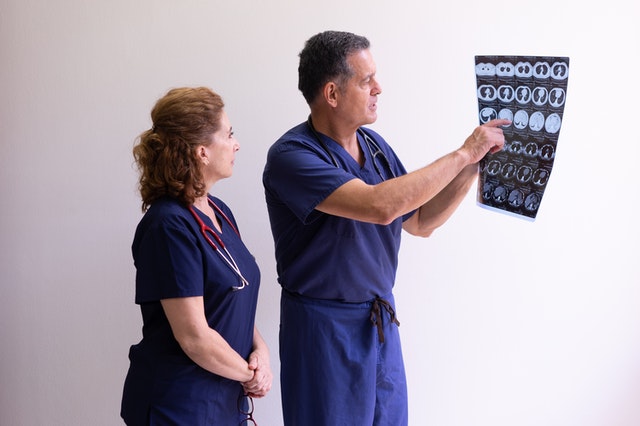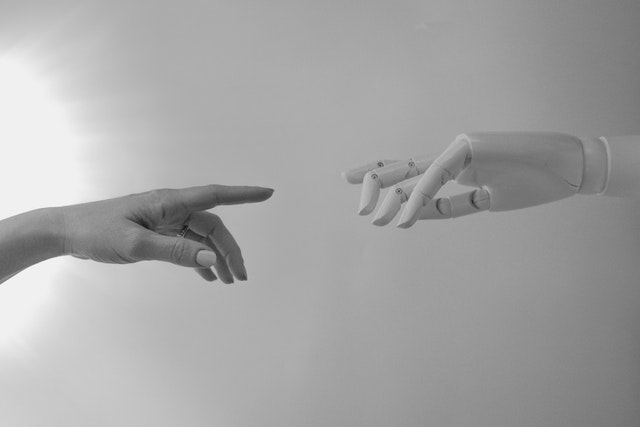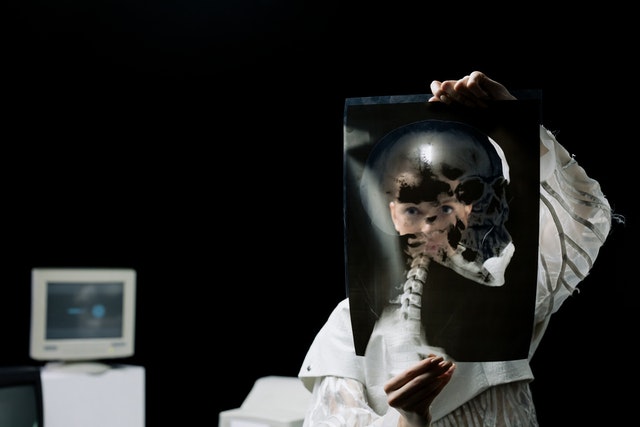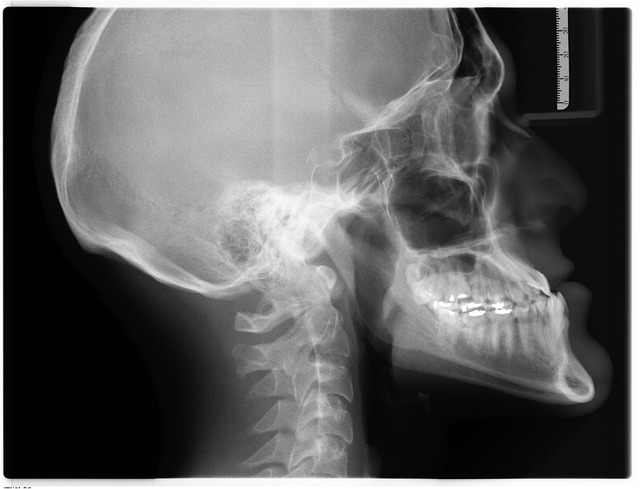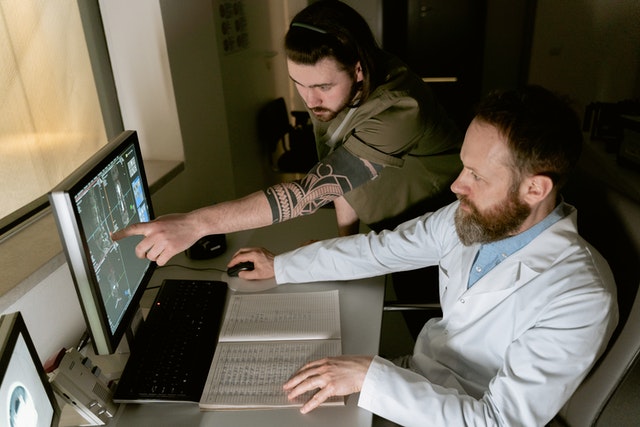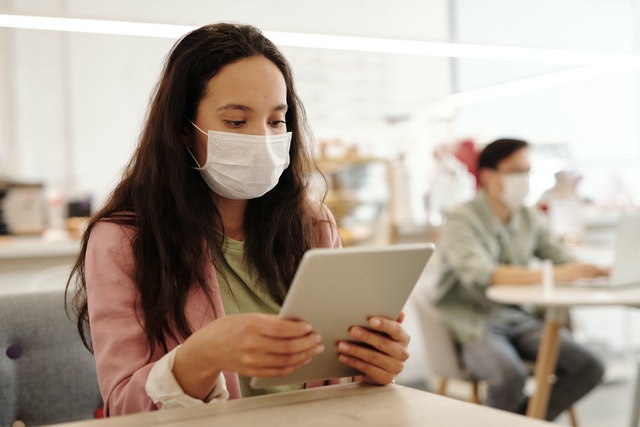The best way to detect breast cancer in its early stages is by mammograms–merely an X-ray of the breast. There is no financial strain because health insurance plans are required to cover the costs of mammograms every one or two years.
When you reach your forties, you should begin conversing with your medical providers about when to start and how often you should get a mammogram.

Specialists usually recommend the procedure for women between 50 to 74 years of age at average risk of breast cancer and performed every one or two years depending on the woman’s risk factors.
How to Prepare for a Mammogram
When your healthcare provider suggests scheduling a mammogram for the first time, there are some considerations.
If possible, you should consider making your appointments at a nearby facility that specializes in mammograms. In doing this, you can have technicians who are very familiar with the process and accurately compare your mammograms yearly.
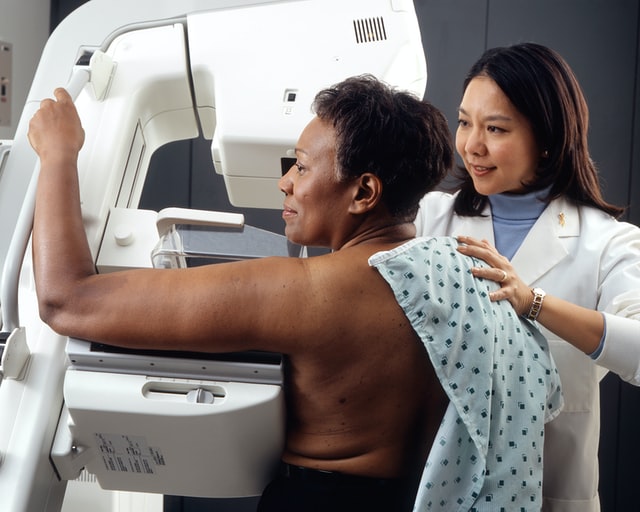
If you need to change facilities, it’s best to arrange to have all your records sent to the new clinic for X-ray comparison. It is also an excellent idea to bring all the dates and locations of any previous breast procedures done.
Specialists advise that women avoid making mammogram appointments the week before their periods. Breasts are more swollen and sensitive during this time which can cause the mammogram procedure to be uncomfortable for them and may interfere with taking clear X-rays.
Technicians will advise that women wear pants or a skirt with a top that they can easily remove along with their bra. They also recommend that women do not use any deodorant, lotions, or powders that may show up as spots on the X-ray.
When You Arrive at the Imaging Center
Most technicians are very considerate and sensitive to what women experience during mammograms. They will ask you to undress above the waist and will give you a wrap to wear.
Many clinics have private dressing areas where you undress and wait for your technician to escort you into the X-ray room. There will only be the two of you in this area which is helpful to reduce any anxieties you may have.
You will stand in front of the mammogram machine, and the technician will position your body and breast for the most accurate X-rays. Your breast will rest on the device, and a plastic upper plate will lower and compress your breast.
The process takes 10 to 15 seconds for each body position, and there are usually only two or three X-rays taken per breast. The whole procedure only takes about 20 minutes.
Your Mammography Results
Mammography produces black-and-white digital images of your breast tissue that will be sent to a physician specializing in radiology to interpret. An imaging center could also refer to a teleradiology company to have a radiologist do the interpretation. Most clinics offer 2D mammograms for breast screening, but many facilities now offer 3D mammograms.
The radiologist will then report their findings to your healthcare provider. This process will take approximately ten days but could take longer. The radiology report will determine if you will need further X-rays, possible MRIs, or treatments. Physicians call back about 10 to 13% of women for abnormal findings, but most of these findings are not breast cancer.
Regular mammograms are an easy, safe way to screen for breast cancer. The most challenging part about the process may be remembering to make your annual appointment, and many women make their birthdays a reminder to make their yearly appointment.
What can be more celebratory than scheduling what may be a life-saving procedure for your health on the most important day of the year for you, your friends, and your loved ones?
